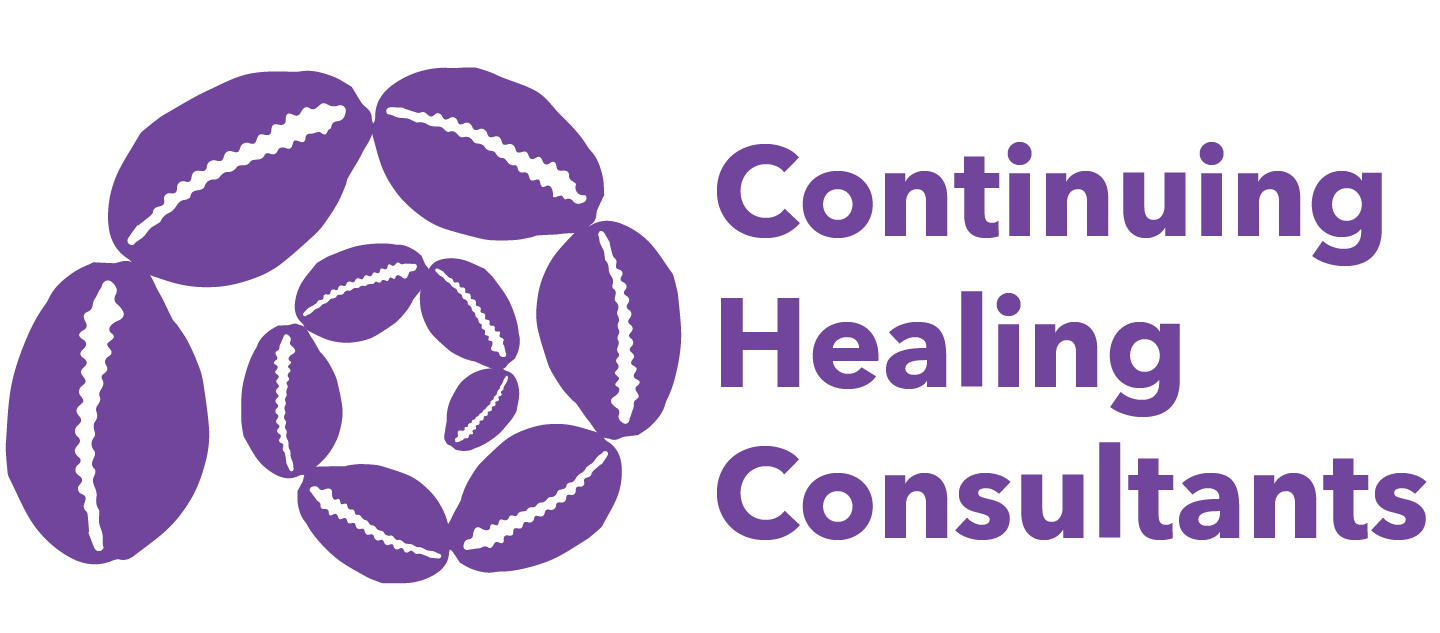Anti-Oppression Capacity Building for Organizations
CLINICAL SUPERVISION/CONSULTATION SERVICES
Individual and or group clinical supervision
Clinicians, practitioners, mental health workers, and student trainees will be assisted by the AOP practitioner to facilitate their therapeutic work with clients using Anti-Oppression Psychotherapy™.
Clinical supervision for community development programs, with individuals, groups and/or organizations
Support and advice from an anti-oppression approach pertaining to programming, organizational culture, team building, case managing, and overall management with managers, EDs, Board of Directors and Collectives.
CLIENT INFORMED CONSENT SHEET. PERSON CENTERED PSYCHOTHERAPY
Person centered psychotherapy is a perspective that considers each individual as a unique human being with an immense potential for growth. In addition, this perspective believes that we are all constantly confronted with new personal challenges that demand new solutions.
In terms of psychotherapy, this approach is conceived as a journey of creative discovery. As your psychotherapist, my role is that of a facilitator of your process of discovery of new ways of understanding old experiences, and developing new ways of being. Through out our sessions you will have an opportunity to take the lead and establish what the goals of the process will be. As your therapist I will provide an engaged, supportive, and empathic relationship, which I hope, will motivate you to become curious about you own experiences and perceptions. In addition, my approach will seek to provide an environment where you will feel encouraged to discover new creative ways of confronting the problems and challenges you face in your life.
How do I understand psychopathology and health?
From my perspective, abnormal behaviour happens when a person is not able to operate in an ongoing, evolving way, therefore misperceiving life challenges, acting based on mistaken beliefs, all of which lead to inadequate behaviour. In synthesis, not being able to function is really a failure to learn and change. In addition, problems can also occur when we encounter a challenge that overwhelms our resources to cope.
Being healthy does not mean that a person is fulfilled, content, or even happy. Nor is there such a thing as a “fully healthy person” who is always operating optimally as healthy people may periodically feel blocked, incompetent, inadequate, or frustrated. However, they key is to be engaged in a process where we struggle with problems, try to learn, and continue onward.
What to expect from the client-therapist relationship?
The following are some aspects that characterize my approach:
- I believe that as a client, you are the expert of your life and should therefore decide the goals of the therapy.
- As your therapist I do not know what solutions will emerge from the therapy; however, my goal is to be an effective facilitator of the process.
- My main technique consists of establishing a facilitative therapeutic relationship, that is, a process of being with you as my client in the sense of accepting who you are, entering into your world of feelings and experiences with my imagination, and being authentic.
- Through out the process I will express any difficulties to understanding your experience I might encounter.
- My focus will be on trying to grasp and reflect what is within the current range of your awareness of experience.
STRUCTURAL FAMILY THERAPY INFORMED CONSENT SHEET
Structural family therapy is the approach I use to assist families experiencing stress due to what they perceive are challenges posed by one family member, more specifically children and/or adolescents. My approach understands families as complex organizations where members establish arrangements and influence each other in ways that they consider suitable to confront life demands. In essence my approach examines how the stress created by the difficulties or problems of one member of the family, is rooted in the structure of the family as a whole.
Rather than talking about psychopathology, my approach considers that dysfunctional families result from difficulties in establishing clear understandings of the roles of its members and their authority. These difficulties are evidenced sometimes in ways of communicating and relating to each other characterized by alliances and power struggles that generate stress. For example example, in dysfunctional family relationships, parents might be experiencing difficulties in exercising discipline, while children/adolescents might be playing roles that look more like parent figures.
My approach is flexible in terms of the frequency of the sessions. On average I meet with family members for approximately 5 to 7 months. The sessions will take place in my office. Please note that at different points through out therapy, I might require to meet with specific members of the family separately. On other occasions, members may be asked to leave the office and act as observer from a room next door that is equipped with a two-way mirror.
Typically the goal of family therapy will focus on resolving the presenting problem. In order to establish what the problem is, I will dedicate considerable time to help your family identify common goals and acknowledge conflicting goals when they exist. Even though your family, or some members of it, may be interested on focusing solely on the person whose behaviour is considered problematic, I will pay special attention to uncovering what ways of communicating or relating to each other are generating stress. In doing this I expect that your family will be able to make changes, therefore creating a healthier family configuration.
From the very beginning I will join your family just the way a distant friendly relative would, without intervening or challenging anything. In this way, I hope to understand the uniqueness of your family, its members, the way you relate to each other, the roles each family member plays and how does the family understand the nature of its stress and difficulties that bring you to therapy. Following this stage, I will engage actively in highlighting the traits I identify could be the root of the stress in your family. During this phase, I will suggest changes in the way each member of the family relates to each other. In order to help your family become aware of the need for change in its configuration, I will sometimes behave in ways that will mirror and even exaggerate how one or more family members are contributing to the generation of stress and tension. Other techniques will focus on challenging the communication rules and structure of the family, rearranging the seating and removing members from the room for a little while and having them observe the rest of the session from behind a glass in a room next door. In addition other techniques include emphasizing differences, or suggesting different ways of relating that might provide your family and its members with new ways of treating each other. Please note that on numerous occasions you will be given homework to do in between sessions, which will be reviewed during the next session.
Lorem Ipsum Dolor
%
Lorem Ipsum Dolor
Lorem Ipsum Dolor
%


